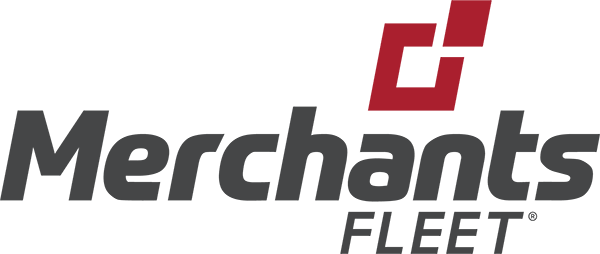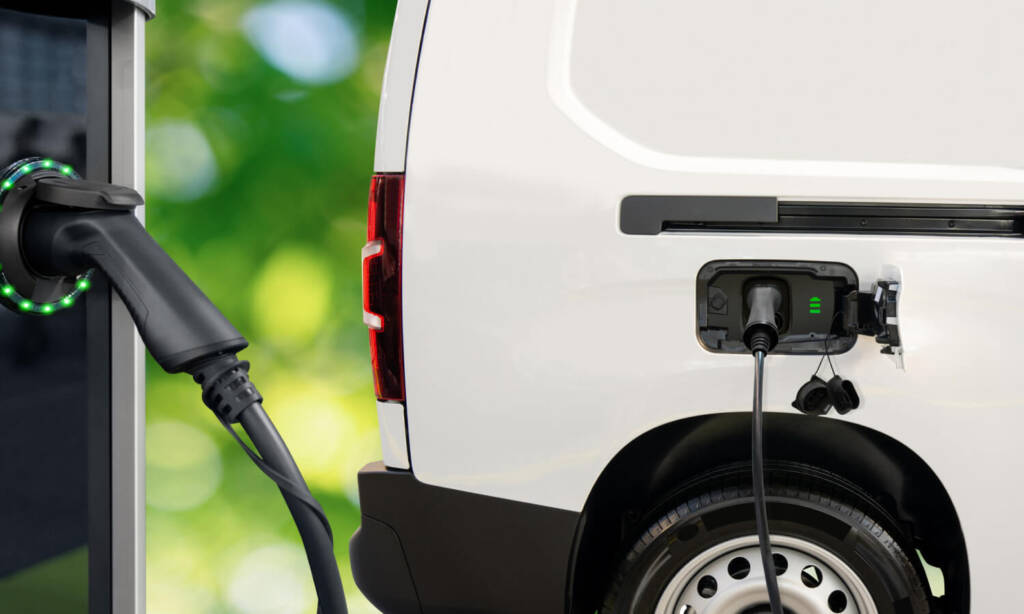In April of 2023, the California Air Resources Board (CARB) approved regulations that end the sale of trucks with traditional combustion engines by 2036 — becoming the first state in the nation to take concrete steps toward a zero-emissions future. These new rules, known as Advanced Clean Fleets (ACF), are in line with the state’s initiative to achieve net-zero carbon pollution by 2045.
With this legislation in place, what does the future look like for fleets operating in California? And how can you ensure yours complies with the Advanced Clean Fleets regulation? Keep reading to find out.
What Is ACF Regulation?

Before anything else, it’s important to have a thorough understanding of the requirements that ACF regulations set forth. Overall, the long-term goal of ACF is to help reduce pollution and protect the overall health of California residents by reducing emissions.
To achieve this, ACF requires certain fleets to begin phasing in zero-emission vehicles (ZEVs) over a set period of time. On the manufacturing side, the legislation will require automakers to only produce ZEV trucks beginning with the 2036 model year.
ACF Regulation & Fleet Management
When it comes to determining whether these requirements apply to your fleet, ACF identifies three different types that must comply with the new rules. These are:
- Fleets that are determined to be “high priority,” defined as applying to entities that own or control more than 50 trucks or that make more than $50 million in revenue each year.
- Fleets that include drayage trucks that operate at ports or rail yards in California.
- Public fleets, which belong to local and state government entities and include owned or leased medium- and heavy-duty trucks that operate in California.
If your fleet falls into one of these categories, you’ll be responsible for replacing your current vehicles with ZEVs as they reach the
age or mileage limits as laid out by ACF (more on this later). For drayage fleet operators, it’s important to note for budgeting purposes that all trucks will need to be replaced with ZEVs by 2035, despite age or mileage.
ACF Compliance Requirements
How can you ensure that you’re staying compliant with advanced clean fleets regulations? Here, we’ve broken down the guidelines for private fleets to make it as easy as possible to stay on top of the changes:
“High-priority” fleets can maintain compliance by either…
- Following the ZEV model year pathway. What this boils down to is that any new vehicle purchased during or after January 2025 must be a ZEV. Additionally, all vehicles that are currently part of a fleet and have internal combustion engines must be retired after 13 years of use, upon reaching 800,000 miles, or upon becoming 18 years old. Opting for this pathway is straightforward, but more restrictive.
- Or following the ZEV milestones pathway. This mandates that fleets must hit certain percent of fleet ZEV targets. More specifically:
- Fleets made up of box trucks, work vans, yard trucks, and light duty package delivery vehicles must transition to 10% ZEV by January 1, 2025, rising to 100% ZEV by January 1, 2035.
- Requirements for other medium and heavy duty trucks follow on a slightly later schedule, including work trucks, day cab and sleeper cab tractors, buses and speciality vehicles.
There are exemptions and extensions to ACF rules, with some providing allowances for delays related to delivery hangups and insufficient infrastructure, as well as other extenuating circumstances, but are limited. You can see the full list of approved exemptions and extensions on the CARB website.
Benefits of ACF Compliance
Complying with the new ACF rules will take work, but as is the case with other major changes, the resulting benefits make the effort worthwhile. Some of the advantages that ACF provides include:
- Financial benefits for fleets. While ZEVs do have a higher purchase price, this expense is offset by the lower cost of operation and maintenance. Additionally, various financial incentives and rebates on EVs and charging infrastructure are available to help make the cost of ZEVs more manageable. A few of these incentives include the Hybrid and Zero-Emission Truck and Bus Voucher Incentive (HVIP) Program, Carl Moyer Memorial Air Quality Standards Attainment Program, Truck Loan Assistance Program as well as federal tax credits and various electric utility programs to support investment in charging infrastructure.
- Environmental benefits. By 2050, CARB predicts that ACF alone will reduce carbon dioxide emissions by 327 million metric tons, fine particulate matter by 6,875 tons, and nitrogen oxides by 146,872 tons. By reducing these emissions, we can help slow down the rates of rising global temperatures, restore balance to rising sea levels, and prevent ocean acidification.
- Benefits for disproportionately impacted neighborhoods. These are communities that are located close to seaports, railyards, warehouses, and distribution centers. Today, people living in these areas are subjected to a higher concentration of exhaust fumes and disruptive noise.
Meeting ACF Compliance: Transition Strategies for Your Fleet
With so many changes on the horizon, there’s a lot to keep track of when it comes to updating your fleet — but it doesn’t have to be an intimidating process. Here are some helpful strategies that you can take advantage of when making the transition:
- Perform a thorough evaluation of your current fleet. This way, you’ll know exactly which vehicles fall under the regulation and what you will need to do to comply.
- Get ahead of the game by identifying opportunities for electrification and get started early to gain learnings as you build your longer term plans.
- Use telematics data to understand your operational use cases helping to determine which routes are most amenable to ZEVs..
- Figure out the best method for fueling your ZEVs — charging infrastructure takes planning and there may be different approaches depending if you have a take home fleet or utilize a depot for vehicle down time. At Merchants, we offer ClearCharge, for turnkey solutions for powering your EV fleet.
Still looking for ways to make the transition as easy as possible? Check out our guide to EV adoption for the five steps to take to transition your fleet.
ACF-compliant Vehicles
When it comes to finding the right ZEVs to integrate into your current fleet, there are several great options for electric pickups, cargo vans and box trucks that are readily available. To determine which are right for your needs, chatting with an EV fleet optimization specialist — like the team at Merchants Fleet — is a good place to start.
EV Resources & Support
With ACF in place, California-based fleets and fleets that operate within the Golden State will need to begin making the transition to ZEVs. With electric vehicles set to play a major role in this changeover, it’s important to team up with a partner who knows the ins and outs of EV fleet optimization.
Within the Merchants Fleet team, we have specialized EV consultants to help you evaluate your fleet and the pathways to compliance. Ee can help your business implement an electric fleet and reduce costs, become more sustainable, and improve fleet efficiency.
We’re ready to answer any questions and set you up for a successful and sustainable future. Get in touch with our team today, or try our EV Savings Calculator to see how going electric can benefit your budget.

